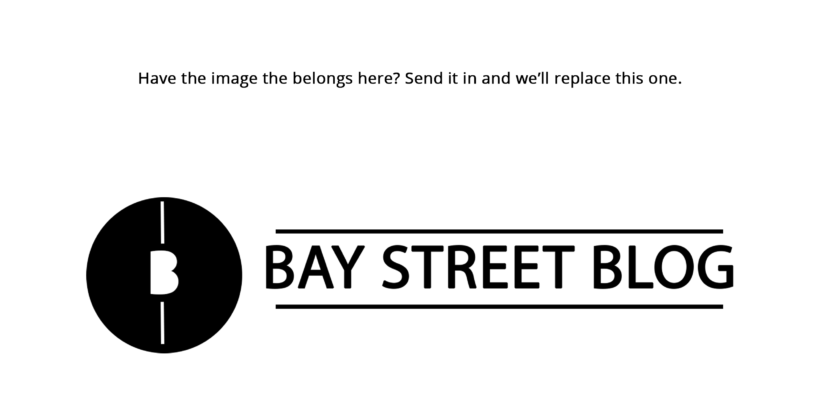Where Should I Keep My Money?
Share

It’s always nice to have extra cash set aside, for general purposes, such as emergency funds, tuition payments, bill payments. However, when you have excess cash on hand, what do you do with it?
There are many options, from spending to saving it. Obviously, I would recommend saving it. Create a budget, and minimize costs as much as you can. Make the most out of your savings plan.
In this post, we’ll be comparing the following options
- Cash/GICs
- GICs & Mutual Funds
- Mutual Funds
Let’s use Chris as an example – Chris just graduated University and is working full time at an accounting firm, earning the average Canadian salary. According to Workopolis, the average Canadian earned $943 a week, as of December 2014.
According to a Household Savings Report, Canadians had an average target savings of $9,635 for the 2014 year, which is approximately $803 a month. Using this figure, we will compare the results for each option, for a ten-year horizon (assuming the amount is invested at the end of each year).
Cash/GICs
Cash/GICs are very low risk investments, and have a low rate of return compared to other options, such as Mutual Funds. The average return of a GIC depends on many factors, such as your banking relationship, and rate set by the Central Bank.
Currently, the Government of Canada Benchmark Bond Yield is 1.48%, for 10 years. Let’s assume a GIC will yield an average of 1.5% for the next 10 years.

GICs & Mutual Funds
This optimal solution if you’re looking for a mixture of low and high-risk investments. Using the calculator provided by DQYDJ, the annualized S&P 500 return for the past 50 years is 9.802%, with dividends reinvested.
Without dividends reinvested, the annualized return is 6.575%. Make sure to reinvest your dividends, in order to achieve the objective of having a higher rate of return over the long term.

Mutual Funds
If you were a risk lover, mutual funds would be the better option, compared to GICs. Remember, we have a long-term investment objective in this case; so there is room for risk.

Pros & Cons
GICs
Pros
- Guaranteed Return on Investment
- Low risk
Cons
- Lower Return on Investment compared to Mutual Funds
- Sometimes non-cashable (before the maturity date)
- Usually doesn’t rise with interest rates
Mutual Funds
Pros
- Higher returns than GICs in the long term
- More liquid than GICs – flexibility to access funds at any time
Cons
- Higher risk
- Can go down in value over the short term
- Management Expense Ratios (MERs)
Despite the higher risk associated with investing in Mutual Funds, it’s an optimal solution for the long term, as stocks historically outperform GICs in the long term.
Conclusion
Which option is best for the long term? It depends if you’re a risk lover, or a risk averse investor. Realistically, you can’t be risk averse and make a decent return on your investments over the long term.
You take on more risk for the potential of higher returns over the long term – that’s how it works. This can be proven with the above example, out of all three options – putting your extra savings into Mutual Funds provides the highest Future Value.
For more tips & tricks on how to gain wealth, check out Investment Strategy: Leveraging.
Writer: Jelani Smith
Disclaimer: All investing can potentially be risky. Investing or borrowing can lead into financial losses. All content on Bay Street Blog are solely for educational purposes. All other information are obtained from credible and authoritative references. Bay Street Blog is not responsible for any financial losses from the information provided. When investing or borrowing, always consult with an industry professional.











Bay Street Blog Newsletter
Click here to subscribe for a financial savvy experience.
Please check your email to confirm subscription!